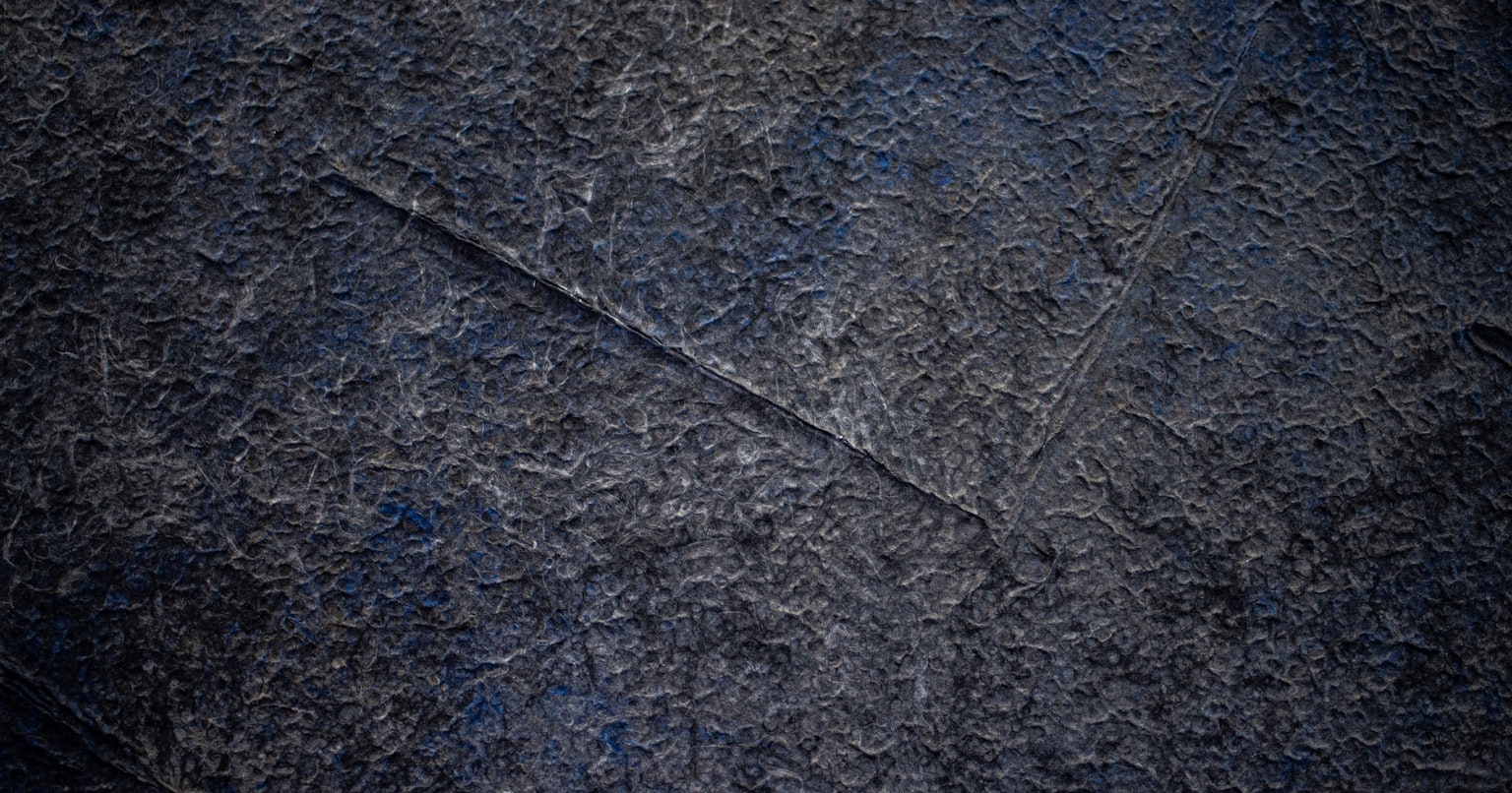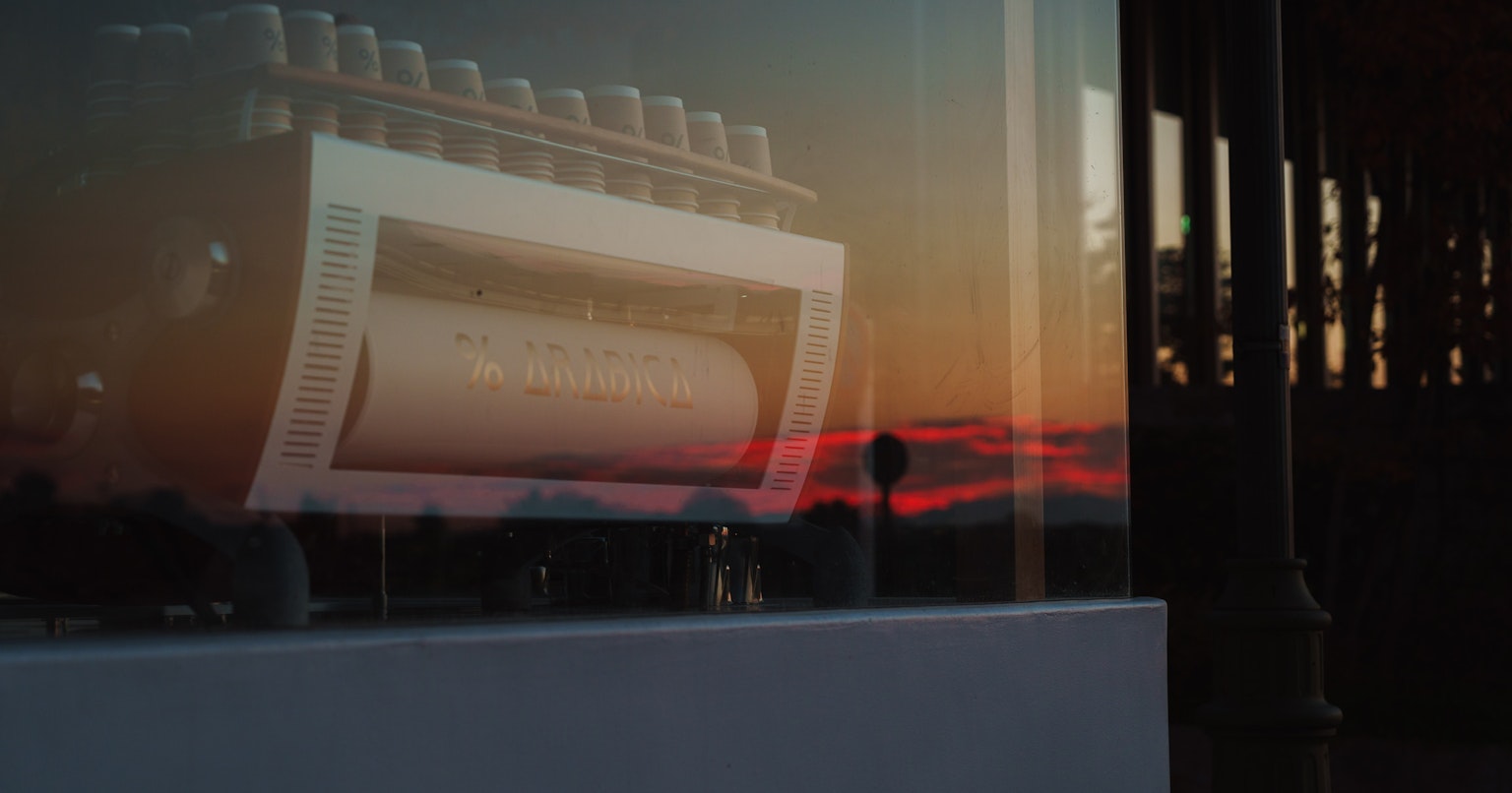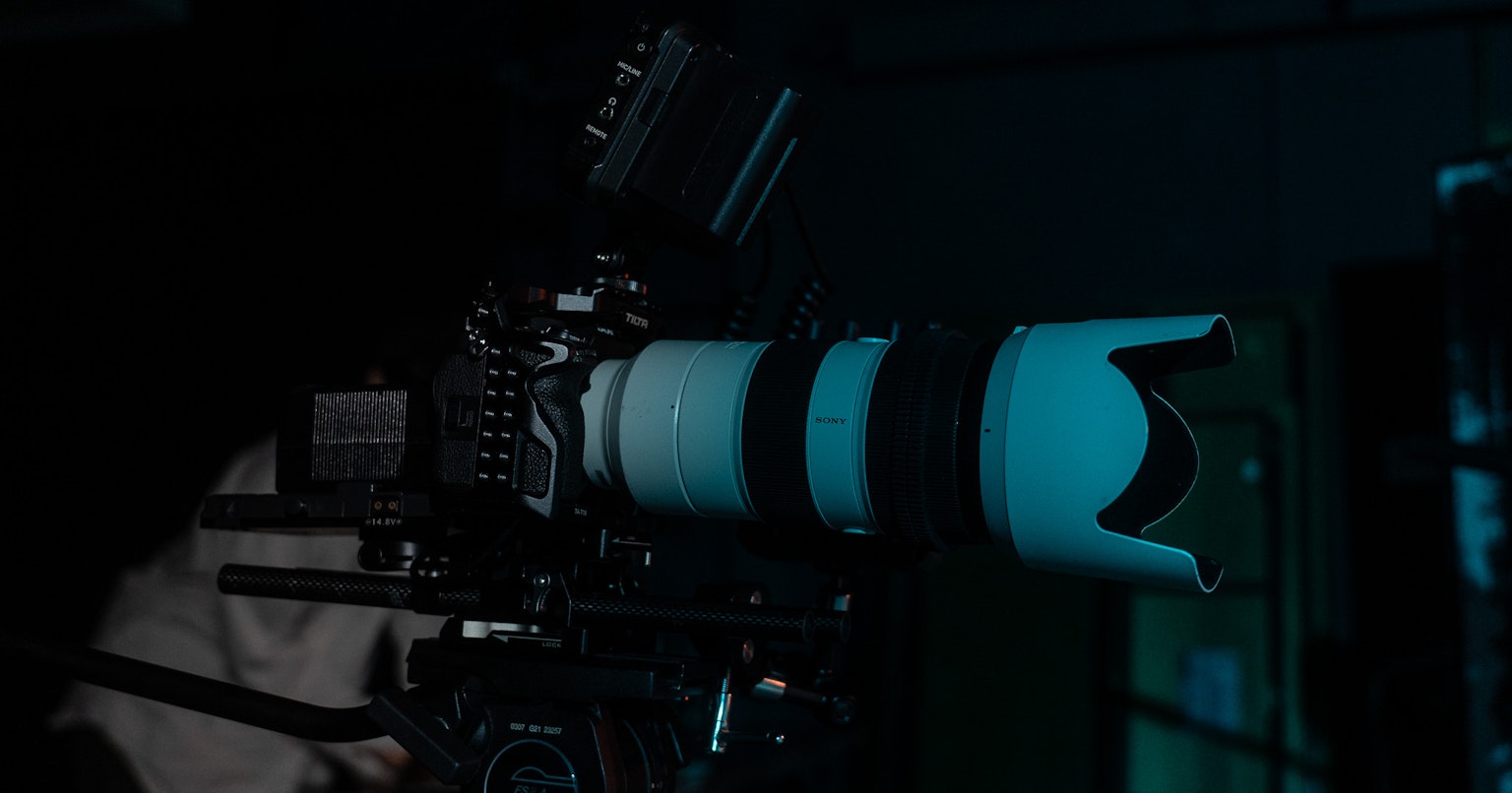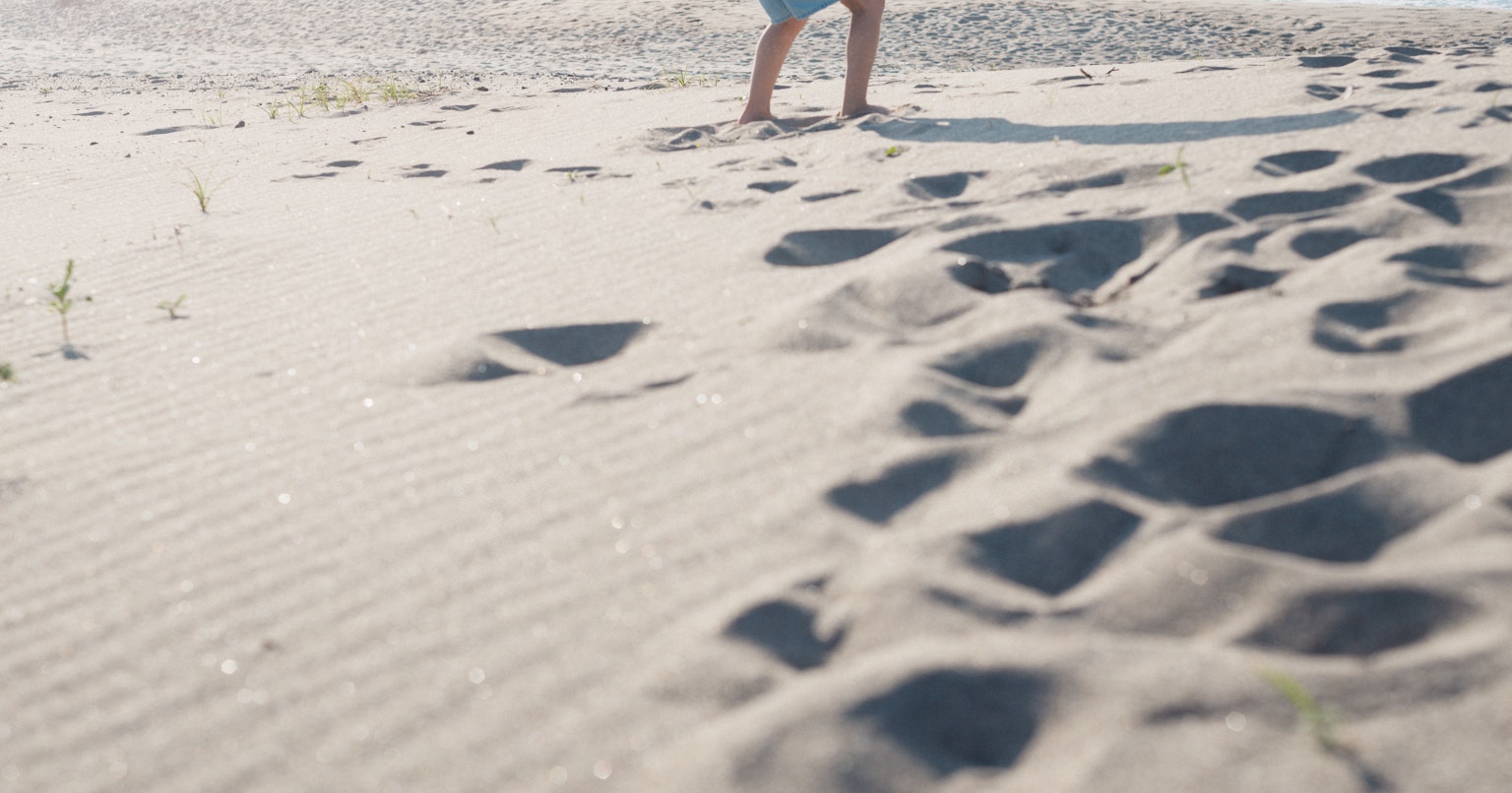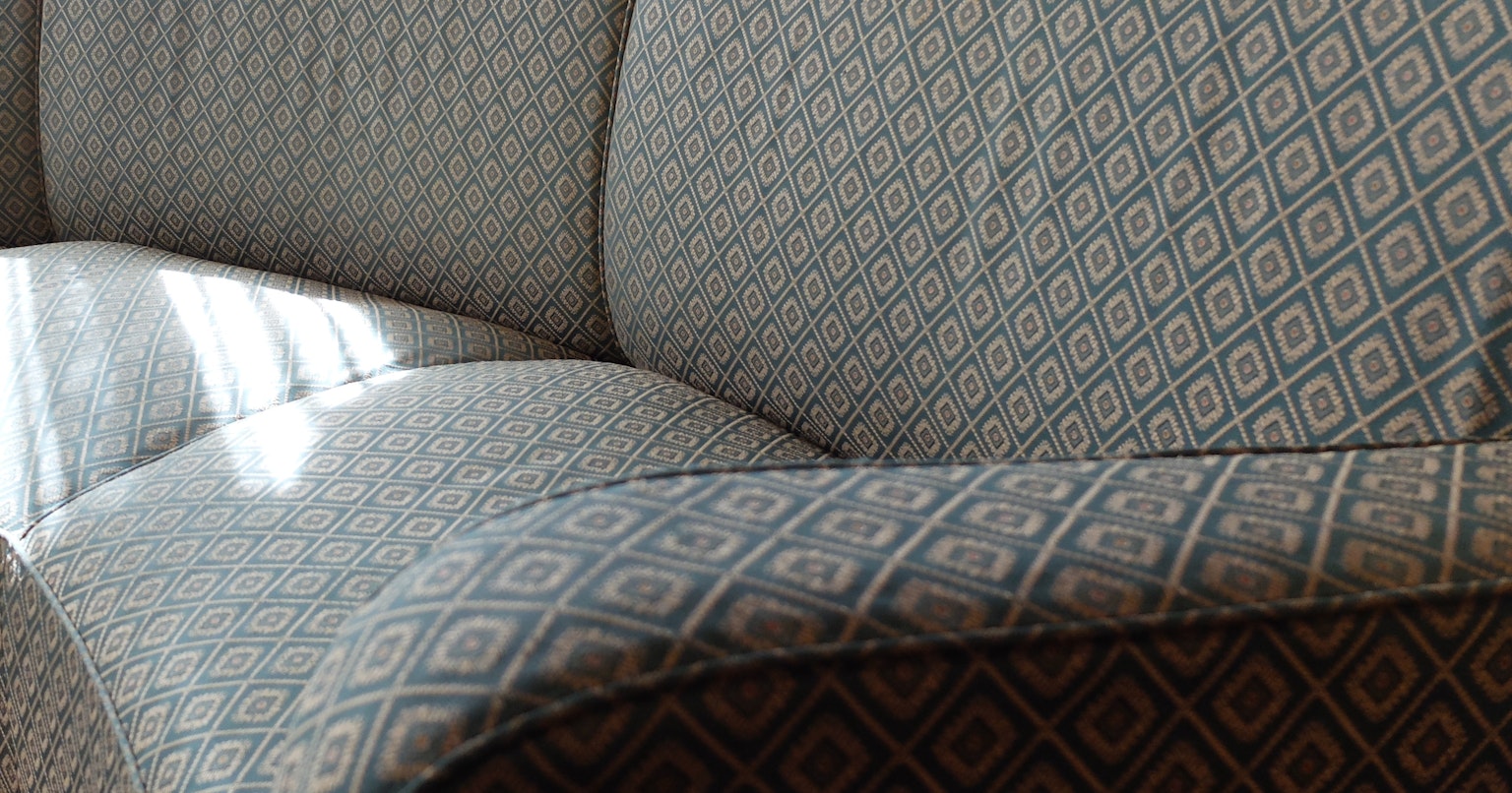
cover image by みどりこ
Have you ever noticed the vibrant green of grass underfoot or the rough surface of an old brick wall?
Let's capture those moments of 'this feels nice' in everyday life through photography. By skillfully capturing textures, you can add depth and storytelling to your photos. Here are some tips to help you achieve that.
Adjust Your Camera Settings
Camera settings are crucial for texture photography. By adjusting aperture, ISO, and shutter speed, you can significantly alter the outcome of your photos.
Aperture and Depth of Field
To blur the background and highlight the texture, set a low aperture value. Conversely, if you want to capture a wide range of textures clearly, set a high aperture value like F11 or F16 for a deep depth of field, resulting in a sharp overall image.
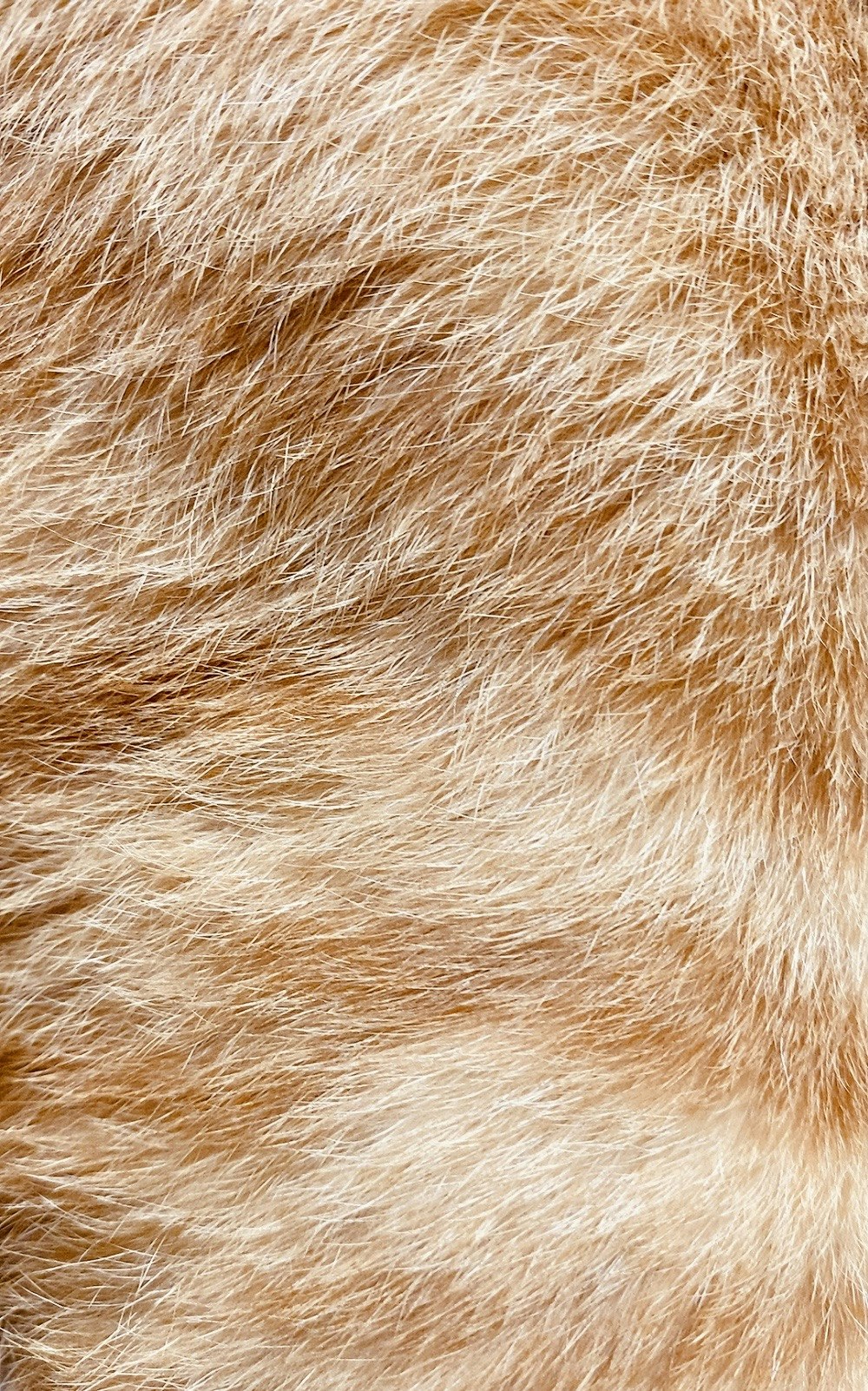
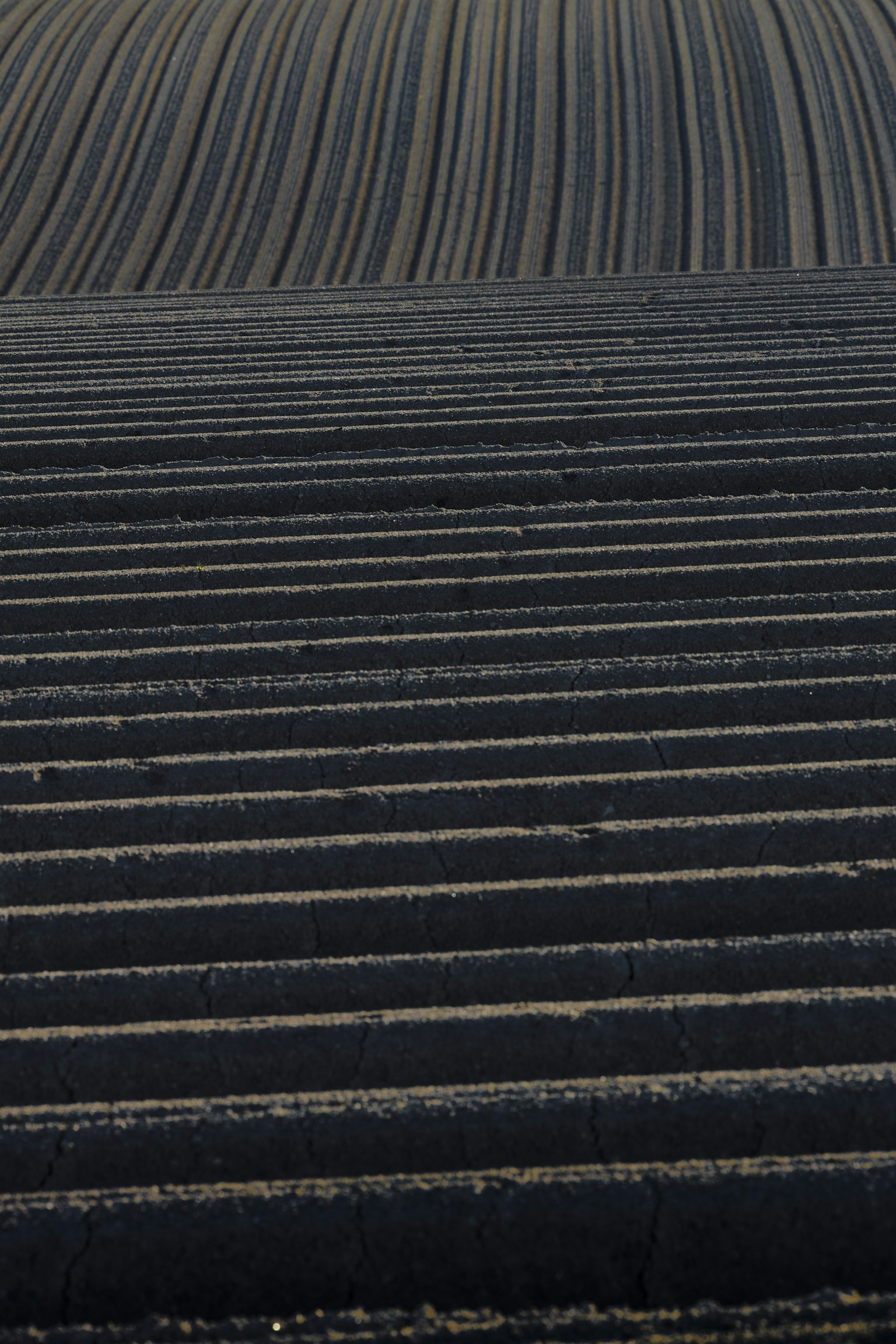
Shutter Speed and ISO Sensitivity
Also, adjust the shutter speed and ISO sensitivity. For scenes with moving grass in the wind, use a fast shutter speed (e.g., 1/500 seconds or more) to freeze the motion and capture sharp images. In low-light conditions, increase the ISO to reduce noise while achieving proper exposure.
Utilize Light Sources
Natural light creates beautiful gradients. On the contrary, strong direct sunlight can wash out texture details.
Using Natural Light
On cloudy or rainy days, soft light enhances textures. For example, soft light from sunrise or sunset beautifully highlights the texture of the subject.
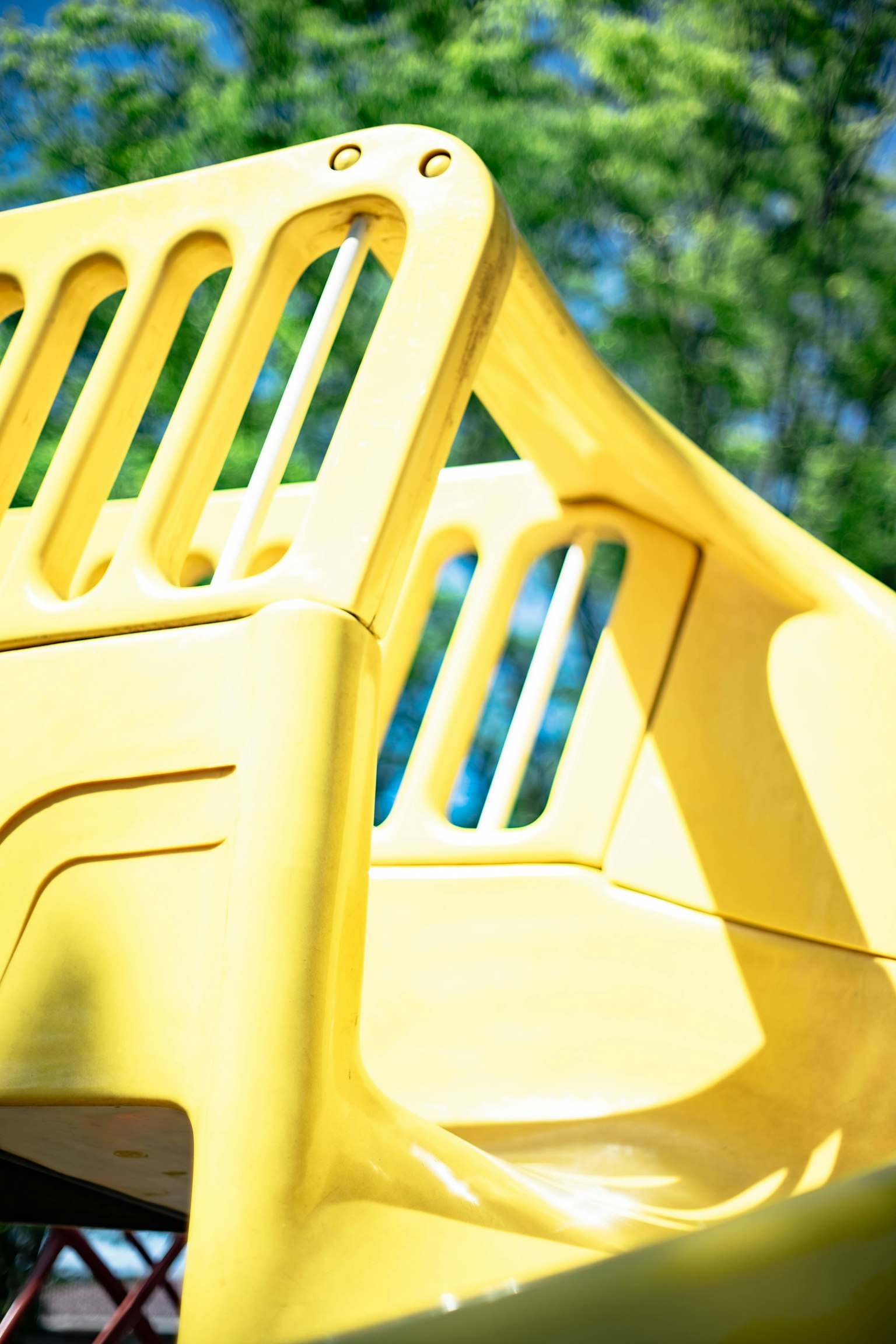
Using Artificial Lighting
In studio photography, use artificial lighting to experiment with the angle and intensity of light. For example, side lighting can emphasize shadows on metal surfaces, highlighting their texture. Backlighting to emphasize silhouettes is also effective.
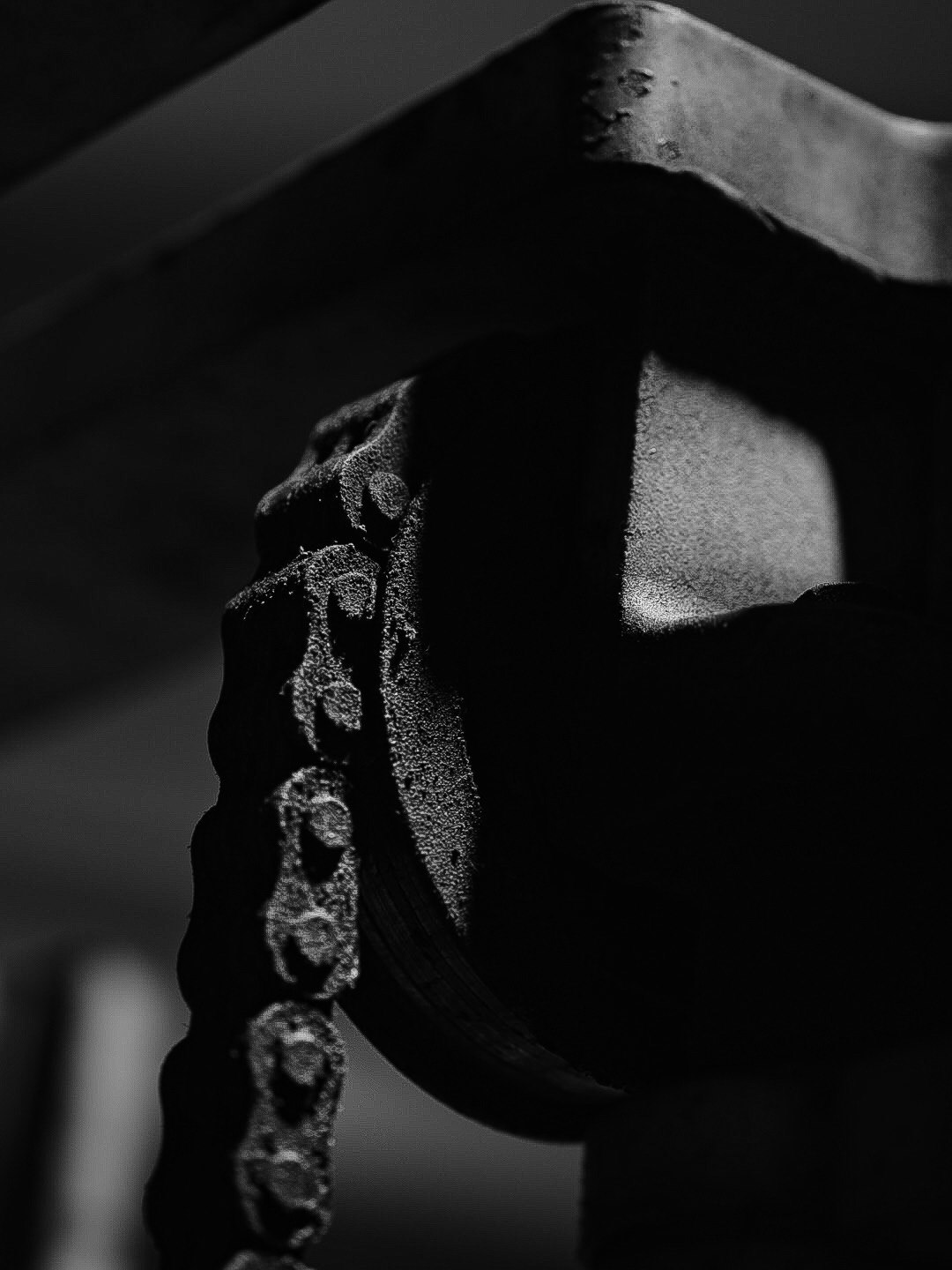
Experiment with Composition
Composition greatly influences the mood of a photo. Close-ups highlight details, while distant shots capture overall balance. For instance, using a drone to capture the texture of the earth from above can offer a new perspective. Low-angle shots might reveal unexpected textures.
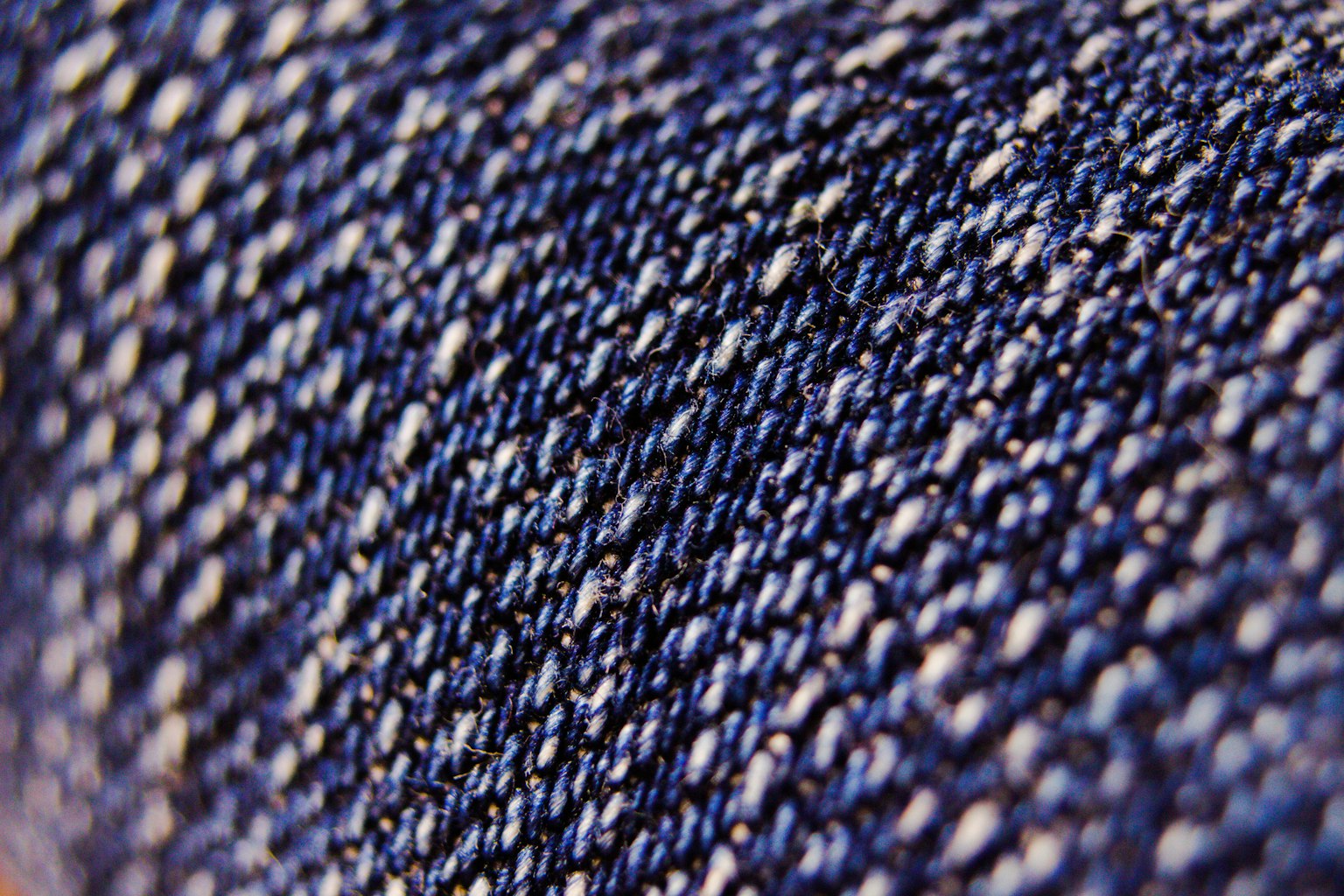
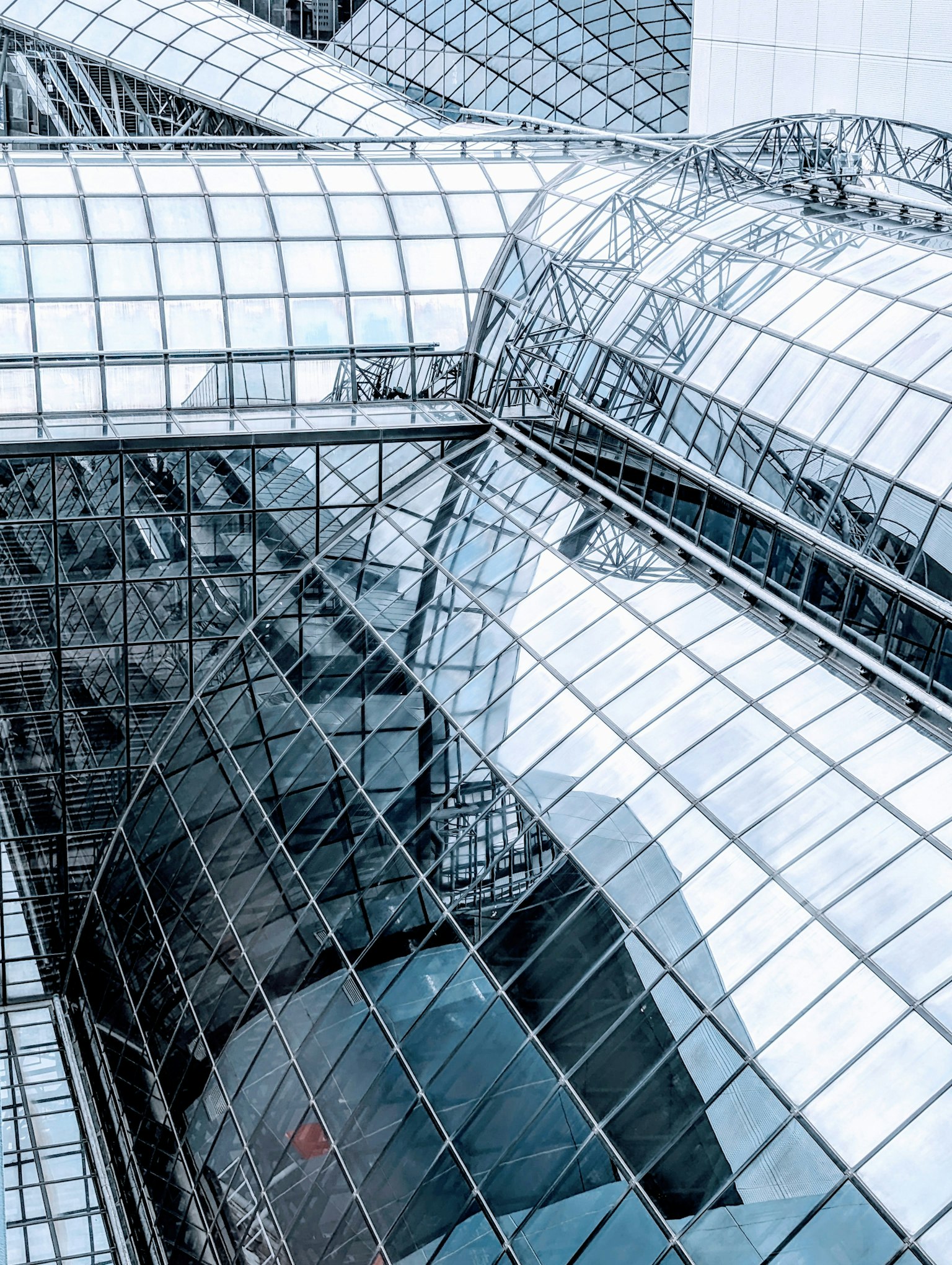
Convey Atmosphere with Texture
Texture is a powerful tool for conveying mood and feeling. The texture of raindrops on a window can convey the coziness of a warm room, while the cracked earth in arid regions can evoke a harsh environment. Focus on unique textures in everyday life to convey atmosphere through photography.
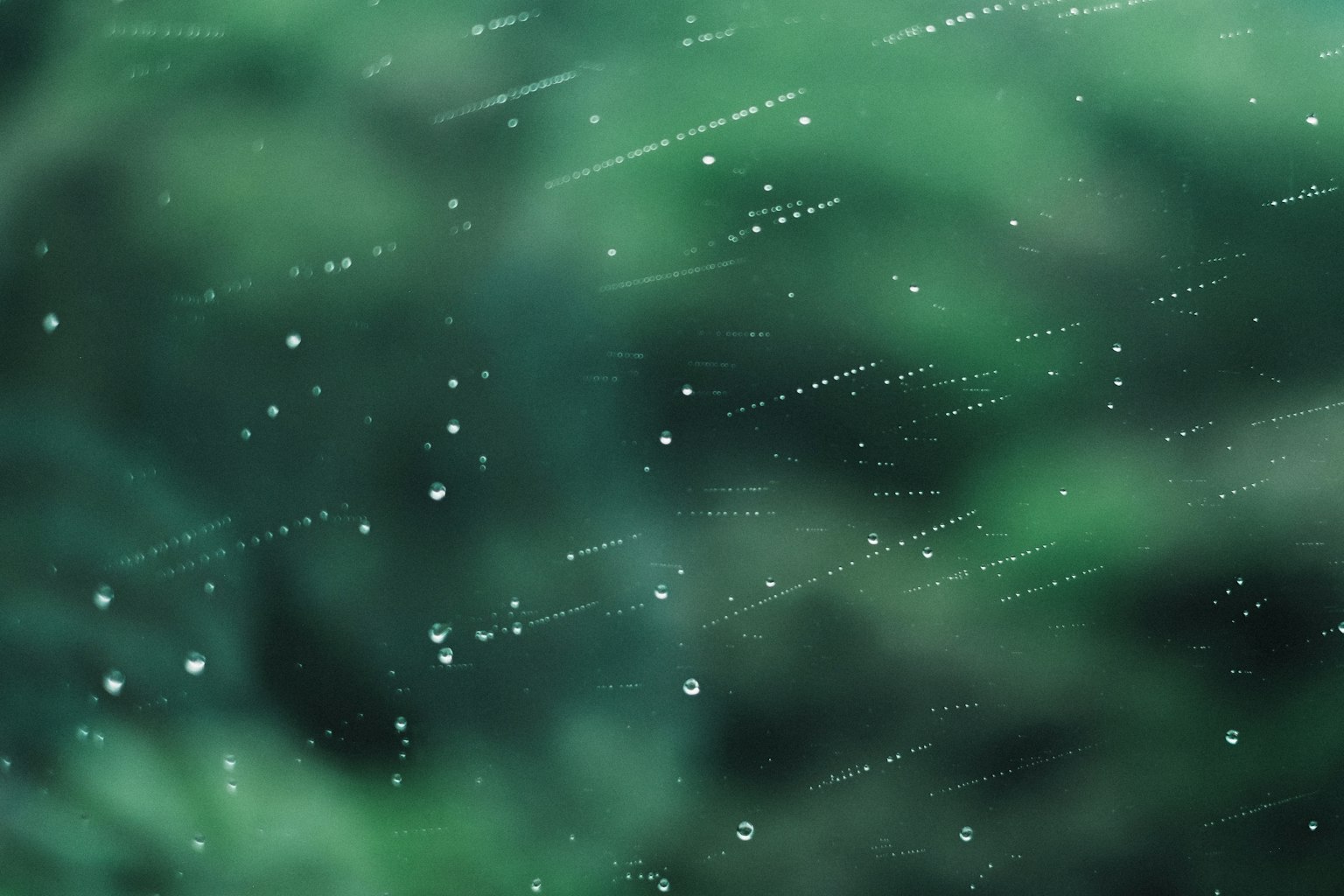
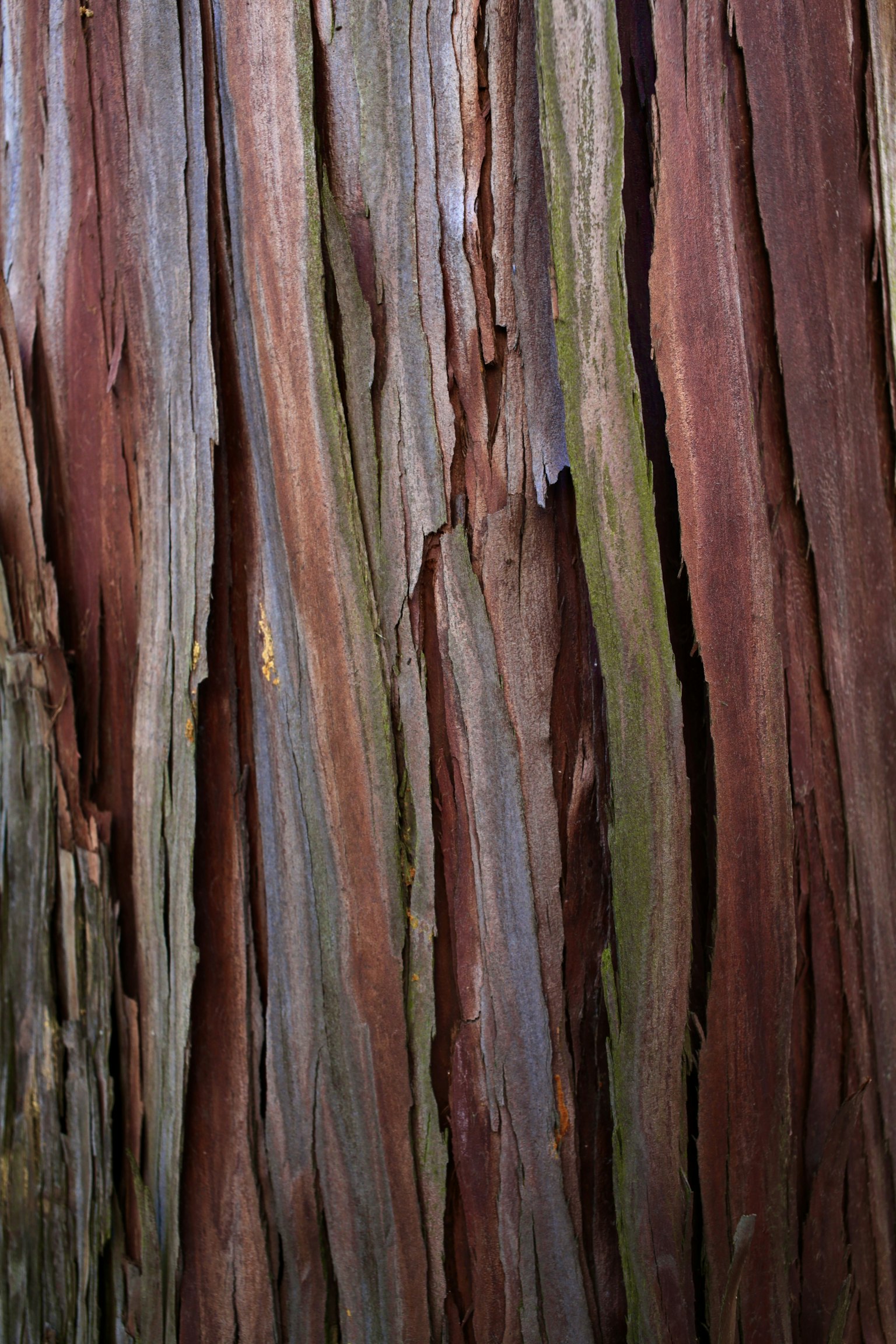
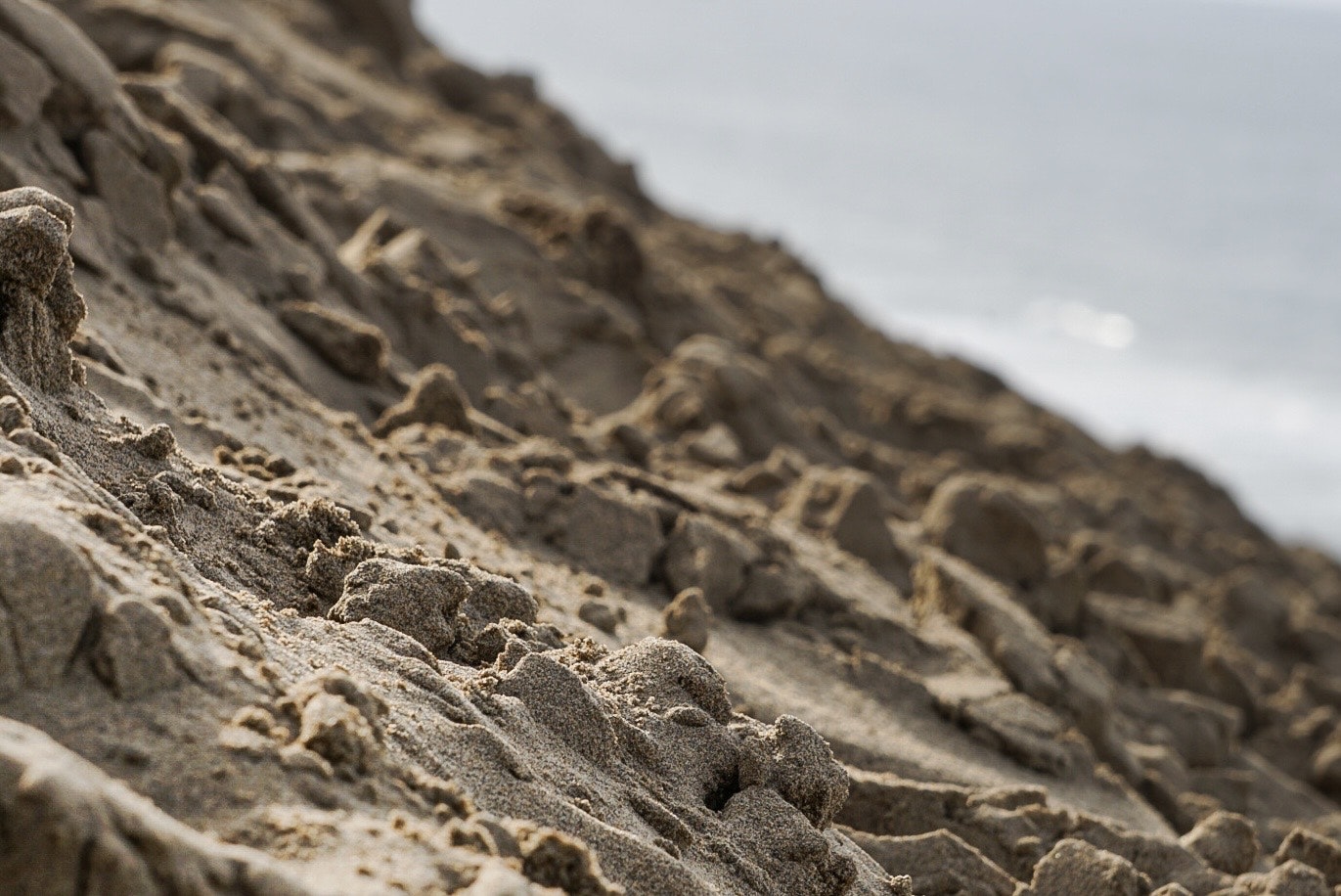
How was that?
Photos rich in texture captured from your unique perspective will surely convey the atmosphere and feeling of the scene to the viewer. Pay attention to the texture of your subjects and explore new possibilities for expression.
